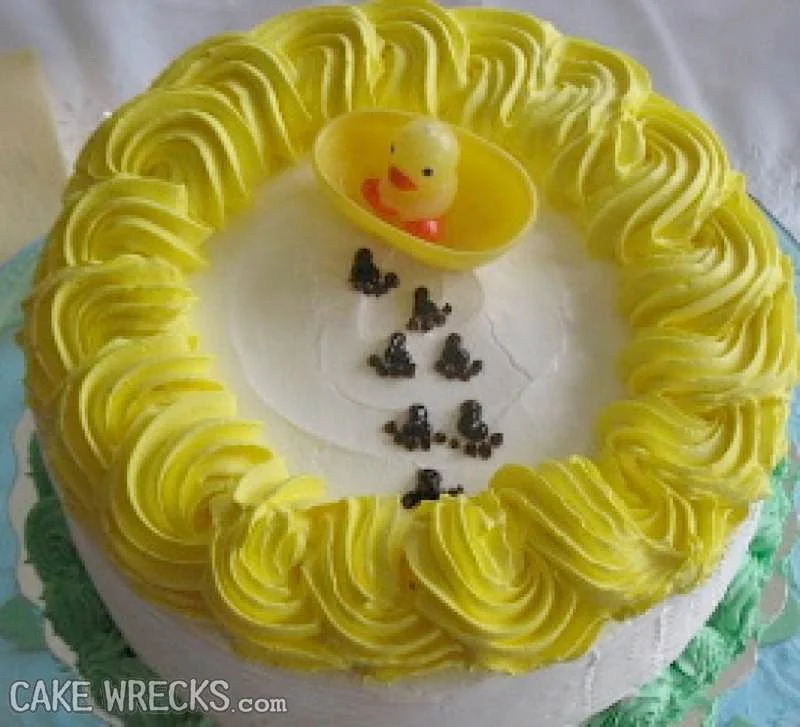
"Prompted Playlists" are currently only available in New Zealand.
grab your gun and bring the cat in. Read.
That's it. That's the news.
The post Quinta Brunson Looks So Colorful first appeared on Go Fug Yourself.
Tis the damn season.
The post Blake Lively Is In the Holiday Spirit first appeared on Go Fug Yourself.
Bravo!
The post Kristen Stewart Steps Away From Chanel Again first appeared on Go Fug Yourself.
For better or worse. Maybe both.
The post Zoe Saldana Is Erdem’s Latest Proponent first appeared on Go Fug Yourself.

Should be a good one.
The post Ashley Park Kicks Off Her “Emily in Paris” Press in Style first appeared on Go Fug Yourself.
Who is her stylist?
The post Teyana Taylor Continues To Be Wildly Interesting first appeared on Go Fug Yourself.
If you want a simple theme for a baby shower, it's hard to go wrong with cute little footprints.
Unless the baker misses the "little" part, of course:

Good grief, MY feet are smaller than that. Are you trying to give the mom-to-be a heart attack, bakers?
'Cuz if so, this is also an excellent way to go about it:

"Suddenly Nicola's plans for a natural, drug-free delivery seemed really, really stupid."
And how's the kid even fitting in there, Nicola? Do you have a TARDIS belly? o.0
Oh, wait, or maybe the kid is shaped like this:

On the plus side, he probably won't fall over much.
But we were talking about footprints, weren't we?

Which might be what these are supposed to be. Maybe. Allegedly.
Hey, ever wanted to see a duck with human feet that only walks backwards?
Well, tough. You're going to see one anyway:

Embrace the insanity.
And then waddle backwards with it.
"Sadly, little Mike's dream of becoming a professional dancer came with a slight disadvantage:"

And here I thought that was just a figure of speech.
Of course, the absolute creepiest thing you can do with a footprints shower theme is mistake "footprints" for actual feet:

Somewhere a quartet of elves is literally foot-loose and fancy-free*.
And probably pissed.
*If by "fancy" you mean "feet."
Thanks to today's arch-enemies [smirk] Layli S., Arlene P., Linda A., Gianna M., Anony M., Melissa B., & Becca H. for the sole-full feets.
*****
And from my other blog, Epbot:


| archive - contact - sexy exciting merchandise - search - about |

| ← previous | December 10th, 2025 | next |
December 10th, 2025: If you're looking for Christmas gifts, might I recommend... THE DINOSAUR COMICS STORE?? We got a Christmas sweater! :0 – Ryan | ||


| Sun | Mon | Tue | Wed | Thu | Fri | Sat |
|---|---|---|---|---|---|---|
|
1
|
||||||
|
2
|
3
|
4
|
5
|
6 |
7
|
8
|
|
9
|
10
|
11
|
12
|
13
|
14
|
15
|
|
16
|
17
|
18
|
19
|
20
|
21
|
22
|
|
23
|
24
|
25
|
26
|
27
|
28
|
29
|
|
30
|